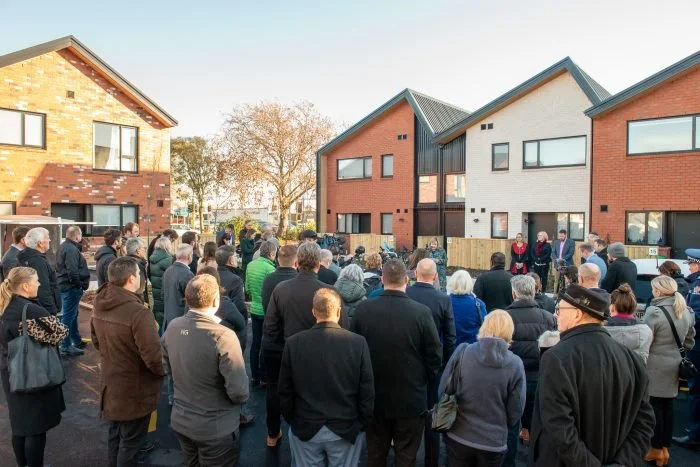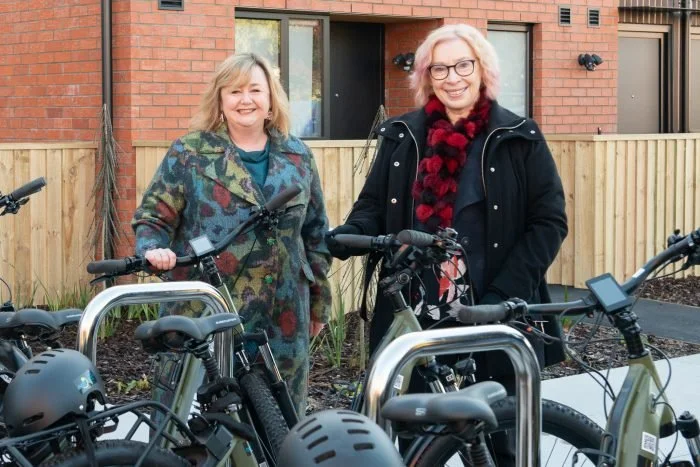WATCH: Hoiho Lane opens
We’ve opened the last stage of Christchurch’s single-biggest community housing project since the ‘quakes.
It’s easy to throw numbers at big projects, especially when the project is the biggest and most innovative community housing development of its kind in New Zealand.
But for all the measures of success – including the 90 new Homestar 7 homes that make up the Brougham St development– only one set of numbers truly matters.
Those numbers come from the tenancy forms that helped Ōtautahi Community Trust’s new homes team turn the properties into homes, and the homes into a community.
They show all the homes that line Hoiho Lane, Karoro Lane and Korimako Lane were tenanted when Hoiho Lane was officially declared open at a short ceremony on Friday.
The crowd listens to Housing Minister Megan Woods speak at the opening of Hoiho Lane.
One hundred and fifteen people live in the three interconnected communities of 1-4 bedroom homes that comprise the development. Forty-nine live at Hoiho Lane.
Many were in the crowd of tenants, contractors, business partners, and community and government stakeholders to celebrate the development’s latest milestone.
Hoiho Lane was the last of the three communities to be opened. Nearby Karoro Lane opened in April and Korimako Lane opened in January.
Housing Minister Megan Woods lauded the development designed by architects South By Southeast and built by Southbase Construction as a wonderful example of what can be achieved when the community housing sector and the government worked together.
Housing Minister and Energy Minister Megan Woods with ŌCHT chief executive Cate Kearney, and some of the e-bikes available for tenant use.
The country needs more homes after many years of under-investment across the housing continuum, and Brougham St made a significant contribution, she said.
It will also contribute to our understanding of how low carbon transport might benefit community housing tenants and how future developments are planned and delivered.
Nearby Karoro Lane hosts two e-cars provided by OCHT for the OCHT/Zilch e-car project, which provides subsidised e-car use for OCHT tenants.
It’s also home to a bank of Locky Docks, which will hold five e-bikes provided by OCHT for the OCHT/Back Street Bikers free e-bike project.
The Big Street Bikers team with the e-bikes and the Locky Docks available for tenant use.
Both projects are co-funded by the Government’s Low Emissions Vehicles Contestable Fund, administered by the Energy Efficiency and Conservation Authority.
The e-car project is supported by Orion.
As Minster of Energy and Resources, Ms Woods said she was excited by the two-year pilot projects potential to encourage people into cleaner, greener alternatives.
A fifth of New Zealand’s greenhouse gas emissions are from transport. Finding ways – and price points – to promote clean travel is an absolute necessity.
Christchurch deputy mayor Andrew Turner was a foundation OCHT trustee when the Brougham St site was cleared of the earthquake-damaged Brougham Village.
He said the development was an example for the rest of the country; it was what the council had in mind when OCHT was established and capitalised by the council in 2016.
The warm and efficient homes in an environment promoting community reflected the aspirations of a city rebuilding itself after the Canterbury earthquakes.
Hoiho Lane reflected the changing face of the social housing register and the need to provide more community housing for families, he said.
Trust chairman Alex Skinner said the innovations would continue with the help of the Rata Foundation, which is helping to fund a support worker for the new community.
He said the lanes were delivered on time and on budget, and that the trust had delivered 150 new homes in the two-and-a-half years since it started building.
The trust has a proven track record of delivering warm, dry homes. It wants to deliver 100 homes a year, but progress depended on funding, Mr Skinner said.
Better New Zealand Trust EV ambassador Will charges one of the two Nissan Leafs available for tenant use.





